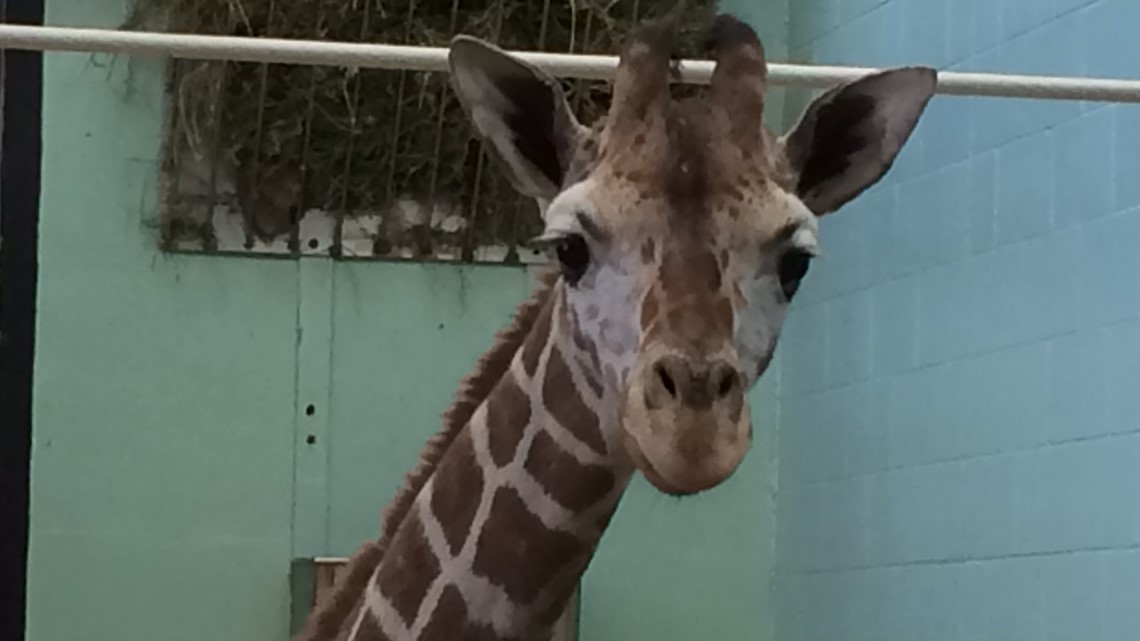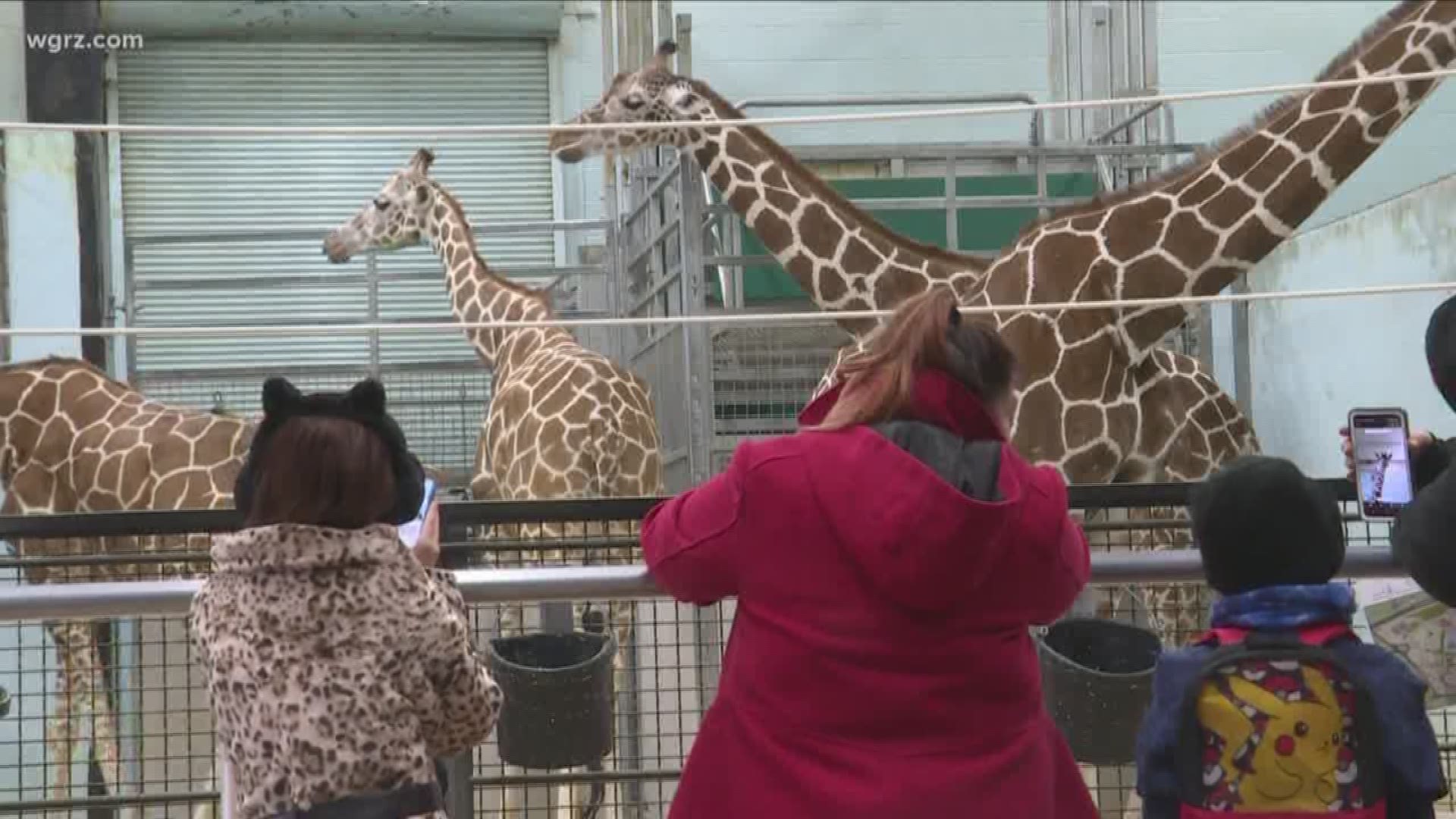BUFFALO, N.Y. — They are beautiful and graceful, one of the planet's most recognizable creatures.
Still, like so many others, giraffes are facing some severe population declines that have gone almost unnoticed until relatively recently. That's why their plight is being called a silent extinction.
Buffalo Zoo Chief Conservation Officer Tiffany Vanderwerf explains.
"A silent extinction is when you see a pretty fast decrease in a population of animals without people really taking notice of that," she said. "So that's what silent extinction really means, and we've really seen that in giraffe populations, we've lost close to 40 percent of the population of giraffes over the course of just 30 years."
Overall, the species has a population of about 97,000. There are nine recognized subspecies and of these, three are listed as "critically endangered," and the other six range from "vulnerable" to "near threatened."
"For two of the subspecies, they're going down very rapidly, and there aren't very many left." Vanderwerf said. "So the Kordofan and the Nubian subspecies really only have about 2,000 left apiece."
Scientists were surprised when they discovered the steep decline because there has not been much research done on the species. Once it was discovered, it was not too hard to find the causes.
"There's great habitat loss, so a lot of their savannah and their scrub habitats are being turned into farmlands or they're being more urbanized," Vanderwerf said. "Drought can have a drastic effect on giraffe populations. We're noticing some changes with illegal hunting, with unrest in some of those areas in terms of wars and things like that."


Giraffes are perfectly adapted to thrive in their environment. Their long neck and prehensile tongue help them get at leaves high in treetops. Their powerful legs can deliver a devastating kick to ward off potential predators.
And another adaptation that Vanderwerf says may be their most essential.
"Giraffes naturally have a higher blood pressure than we do, if you think, they have to be able to pump blood all the way to the top and all the way back down and around their body," she said. "You would see their blood pressure do some really wonky things if they couldn't control that, so their bodies are able to control their blood pressure so that they don't pass out, or bad things don't happen as they're bending down."
Though Giraffes live across the planet, Western New Yorkers can still help these amazing animals. Sometimes all it takes is just a visit to the zoo, Vanderwerf said.
"Because zoos that are accredited by the American Association of Zoos and Aquariums give to conservation efforts, we also take direct part in conservation efforts," she said. "We're a part of nature's balance, and we need to make sure that all the other animals that are part of nature's balance are still going to be around."

